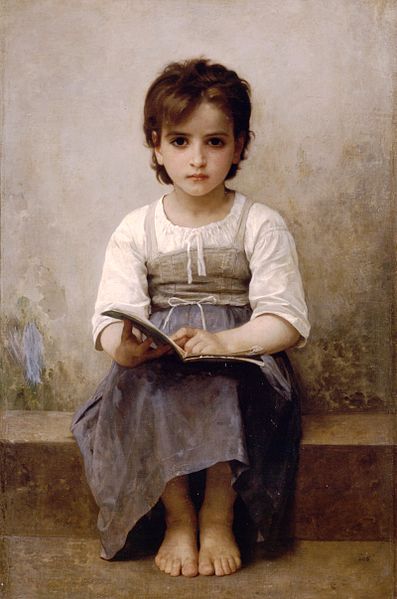Planning for the new academic year? It’s happening everywhere, from the teacher’s lounge to the homeschool kitchen.

To us here at Professor Carol, this is a season of hope and challenge. How many people will recognize the intrinsic value of setting the Fine Arts into their core curriculum? Will people heed the ever-increasing studies that document the positive effects of exposure to the arts? Or will those making the curricular decisions brush aside our Western cultural heritage with a proclamation that it’s extra-curricular—something we “get to” if there’s time.
That defines our fight here at Professor Carol. We do battle alongside many fellow-warriors, we are happy to say. But for all of us, it remains an uphill struggle in a culture that expects instant results from minimal effort.
The arts take time. It takes time to hear a masterpiece of music, especially if you add in the all-important repeated hearings to allow the beauty and meaning to sink in. The acts of drama take time to unfold on a stage. Walking past a gallery full of painting takes no time, but absorbing them does require time. An unspecified amount of time (hence the much-appreciated benches scattered throughout museums).
To me, the study of the Fine Arts resembles learning a language. We are promised in today’s slick advertising that one can learn a language without memory work, and with minimal mental labor. But anyone who has gained fluency in a language knows this is false. It takes time, effort, and practice. And it takes a context, a reason to absorb and master the language.
So too with the arts. The rewards with languages are clear: a culture is unlocked by learning a new language. Western culture too is unlocked when we come to know the traditional arts of painting, sculpture, drama, poetry, music, theater, and dance. These are the vocabulary of our Western Culture. They await every student. Never has it been easier to access their riches. But the will to do so must be there. And time, place, and space within a curriculum must be allowed.
So turn the key and open the door. Start small, or jump in with both feet, but give the next generation the chance to learn the artistic language that will preserve and strengthen our Western Cultural Heritage. You may be surprised just how quickly the new language holds the key to other subjects on the curricula list.



